Want to try something new? Birdwatching is easy, accessible, inexpensive and a great way to get out into nature while maintaining physical distancing. It’s also endlessly fascinating in Kamloops, according to Tom Beeke, a local high school geography teacher who has been birding for 15 years and is “obsessed” with the hobby.
Below, Beeke gives us the lowdown on why we should look up.
What's the attraction to birdwatching?
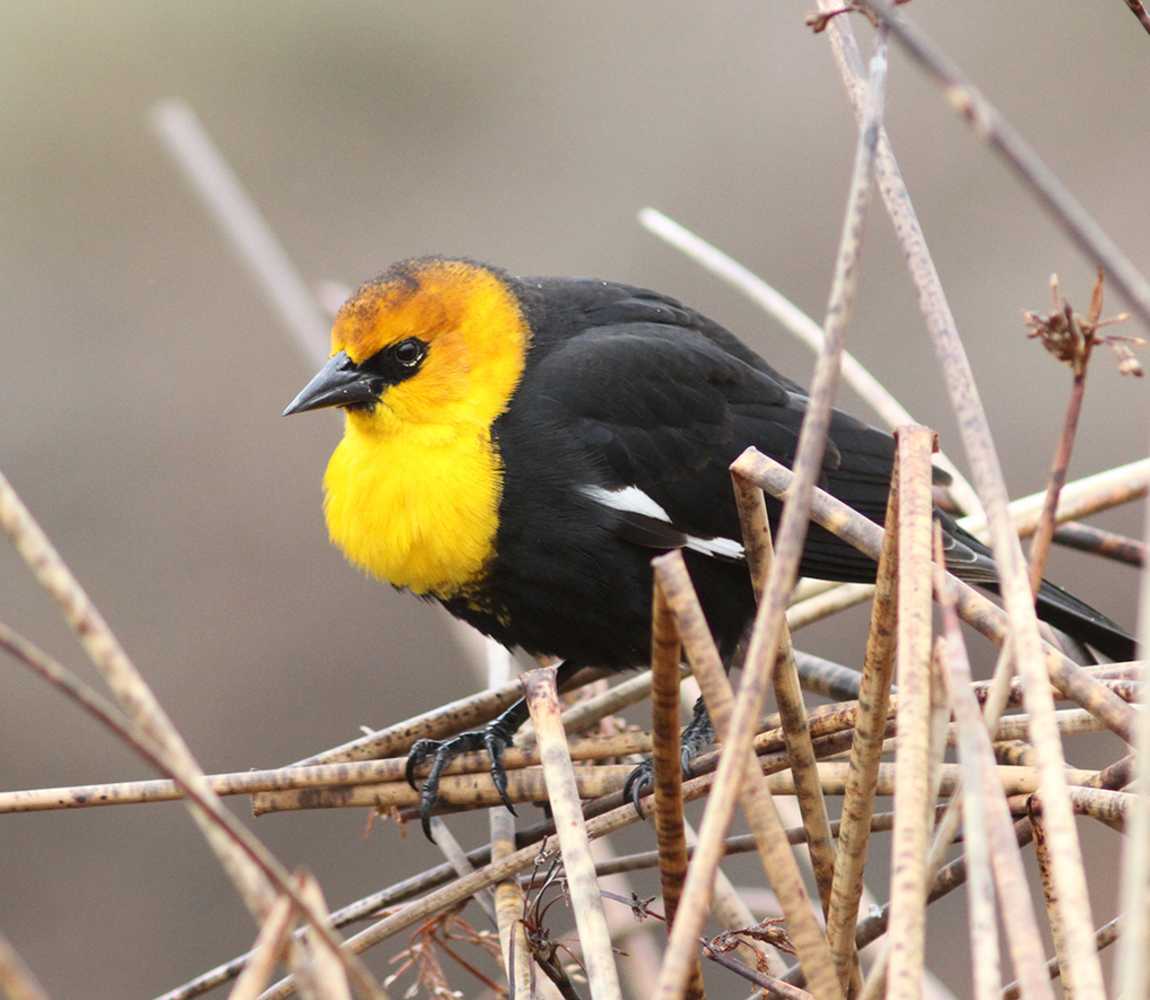
Birdwatching Blog
“It’s a window into the natural world that people rarely open,” Beeke says. “By watching birds, you see the seasons so much more than just by watching the weather. Birds show you changes in the environment and you learn that we’re not the only ones going about our day.”
Birdwatching can be a goal in itself or a bonus for getting outside. You can do it while hiking, walking, fishing, or just sitting on a bench gazing at the river.
What makes Kamloops special for birding?
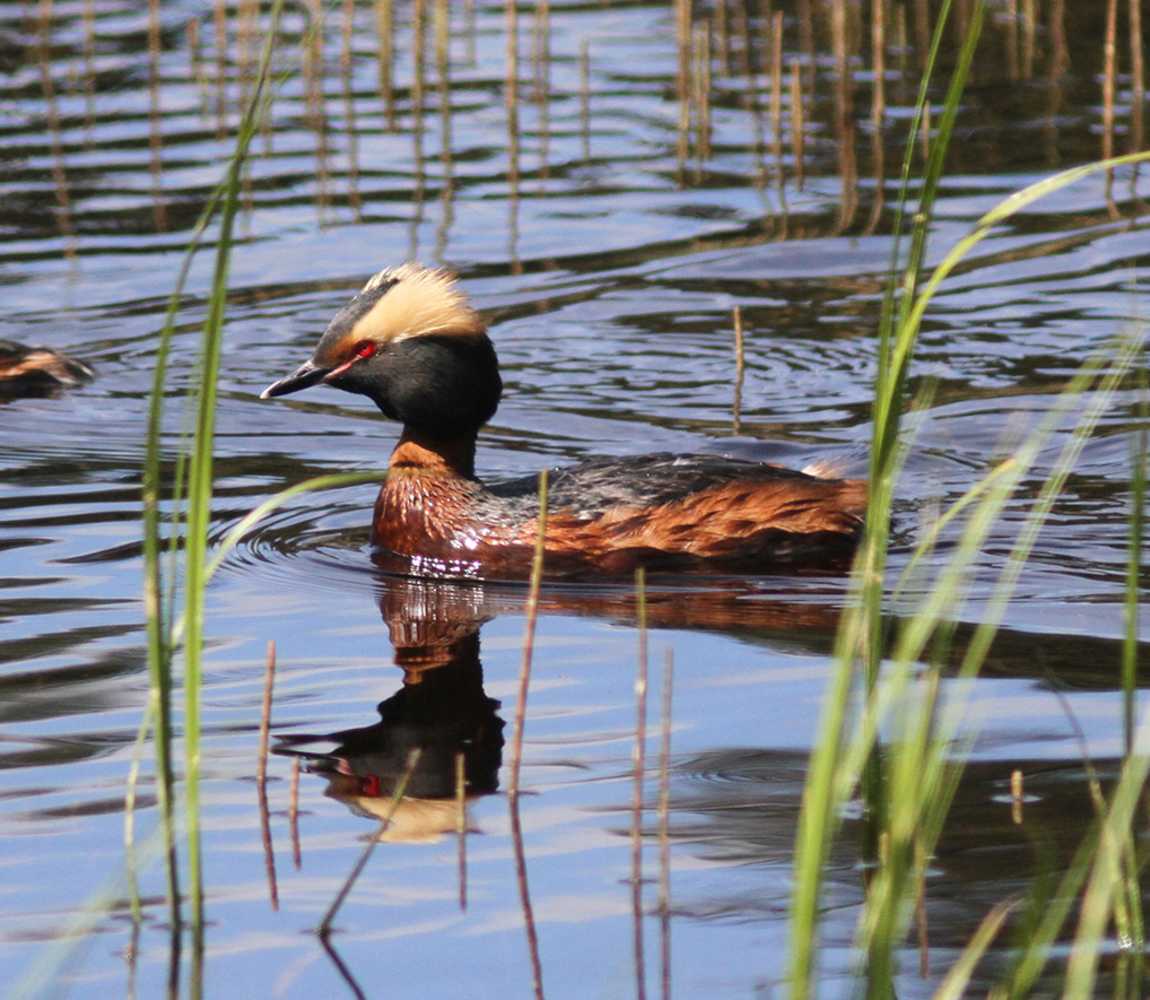
Birdwatching Blog
“At our latitude, we are the destination for many migrant birds,” says Beeke. Birds breed in Kamloops because of its hospitable habitat with an abundance of food and open spaces. “A lot of the birds that raise their young in Kamloops winter in Mexico or South America.”
Birds are attracted to the forests, lakes, rivers and wetlands in Kamloops. The climate and biome is different from the coast, so birders from areas like Metro Vancouver will find different birds in the Interior.
What is the best season for birding?
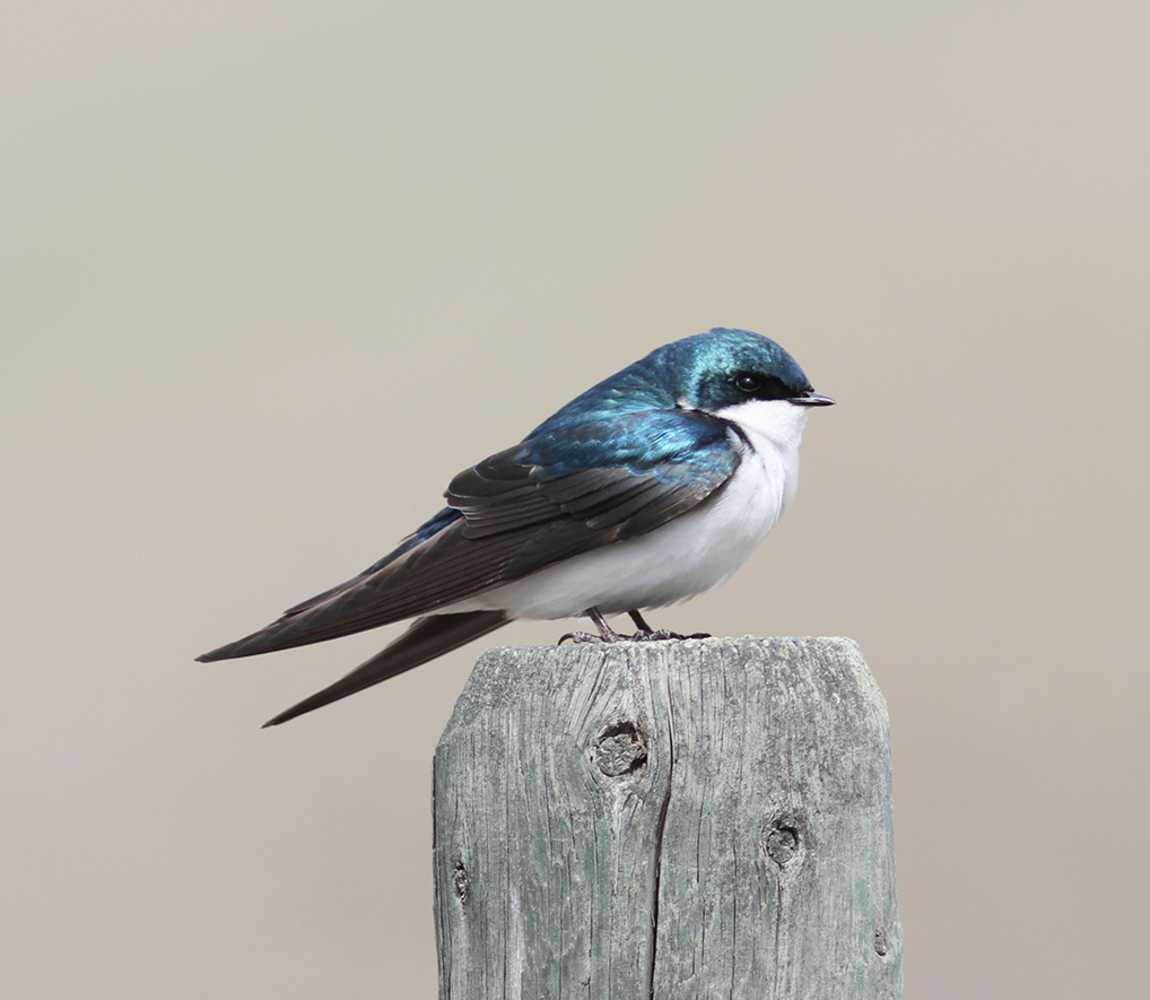
Birdwatching Blog
You can birdwatch throughout the year. Kamloops is home to 30 to 50 resident species in the winter, but spring offers the most drama. “May and the first half of June are phenomenal times, because that’s when the birds are breeding,” explains Beeke. “They’re singing to mark their territory and they’re very noticeable.”
What should someone look for?
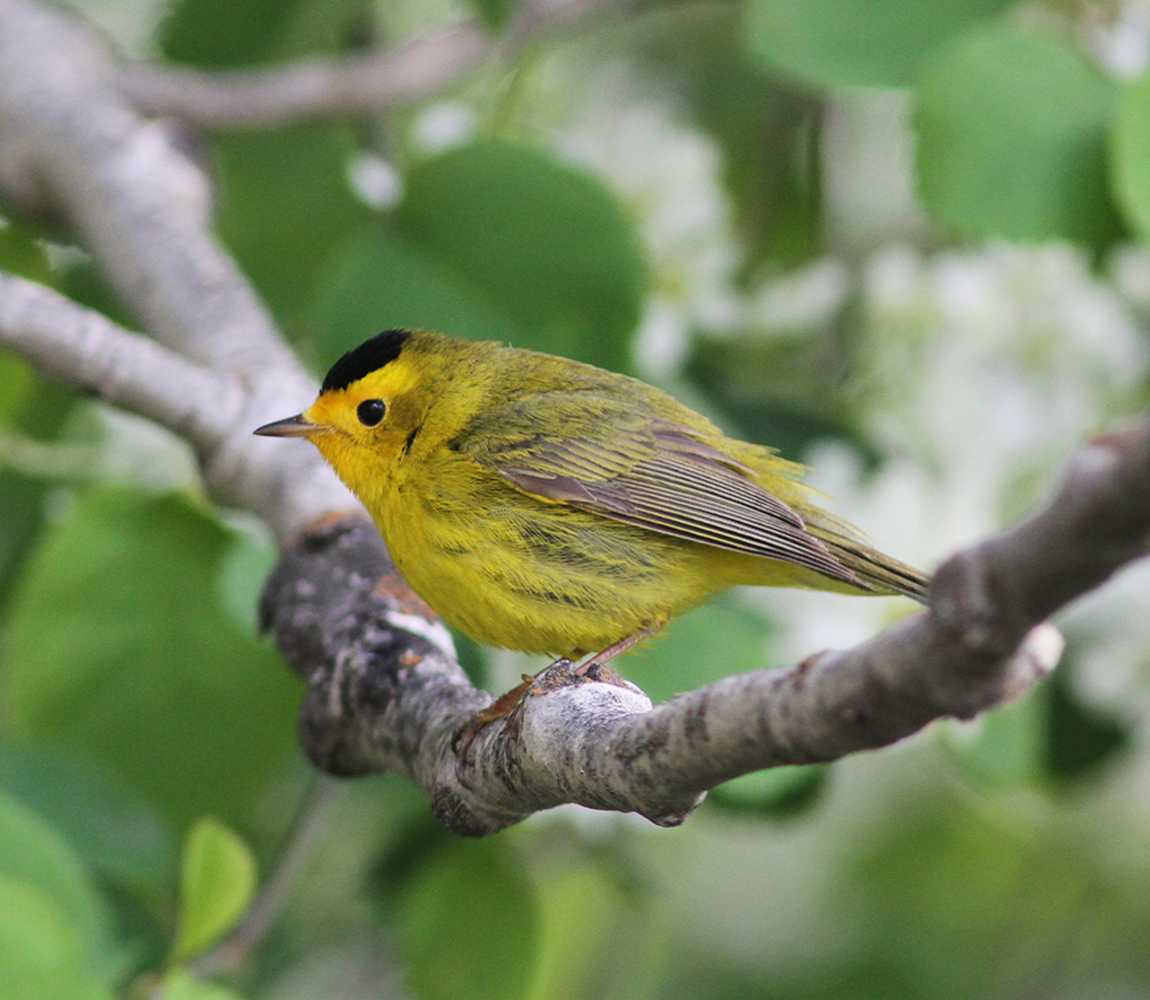
Birdwatching Blog
By mid-March, lower elevation rivers and lakes in Kamloops start to thaw, and there’s over 20 species of ducks to be seen from March through April. One of the first birds to come back in March is the Western Meadowlark followed by the Mountain Bluebird at the end of March, and the Yellow-Rumped Warbler by the end of April.
What does one need to go birdwatching?
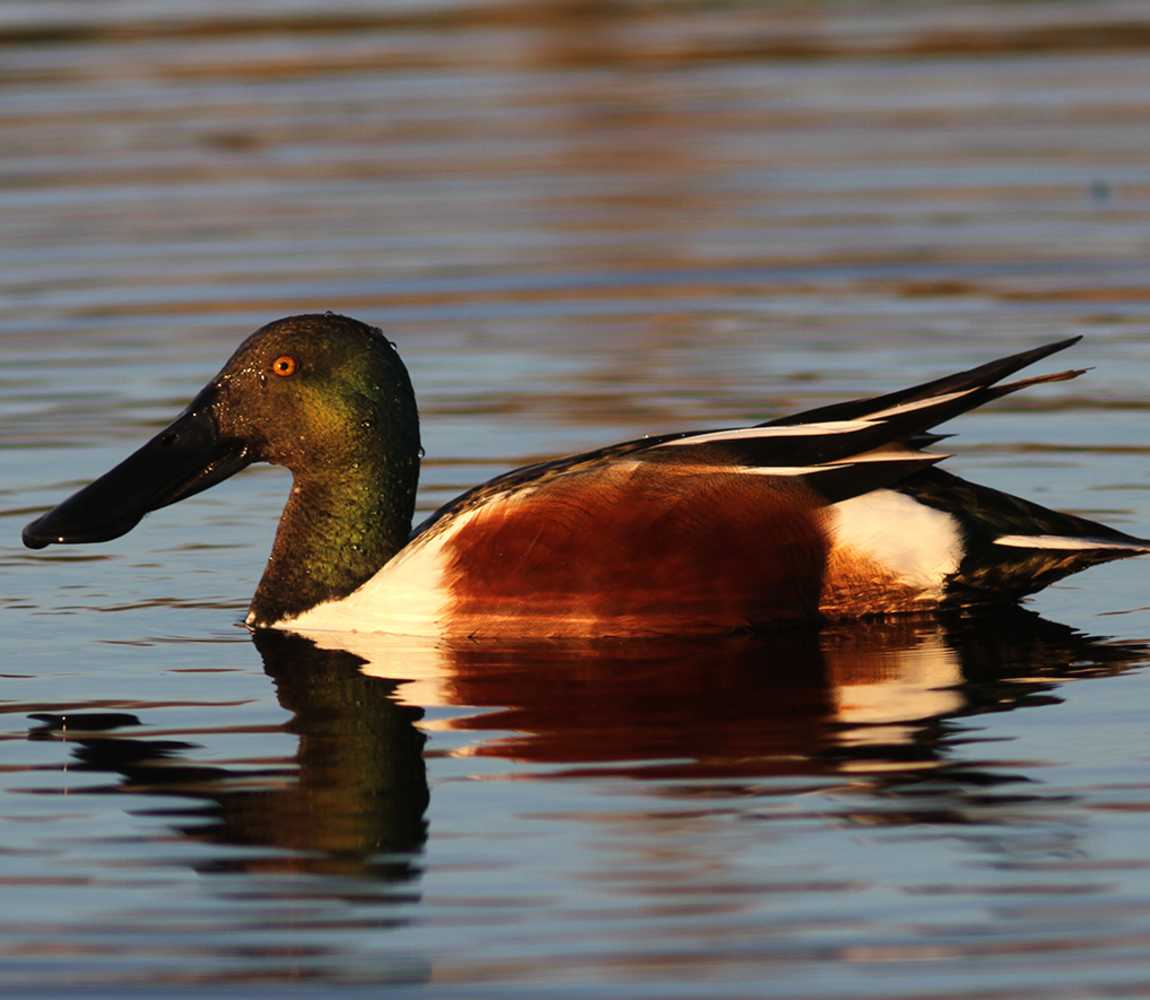
Birdwatching Blog
Inexpensive binoculars will help you get a closer look or use a zoom camera to snap a close-up to help identify species later. A birding book or an app such as eBird is helpful, or check out Beeke’s bird reports. Follow ethical birding guidelines and stay safe with AdventureSmart preparations. Stay quiet, and watch for movement.
Where are the top birdwatching spots in Kamloops?
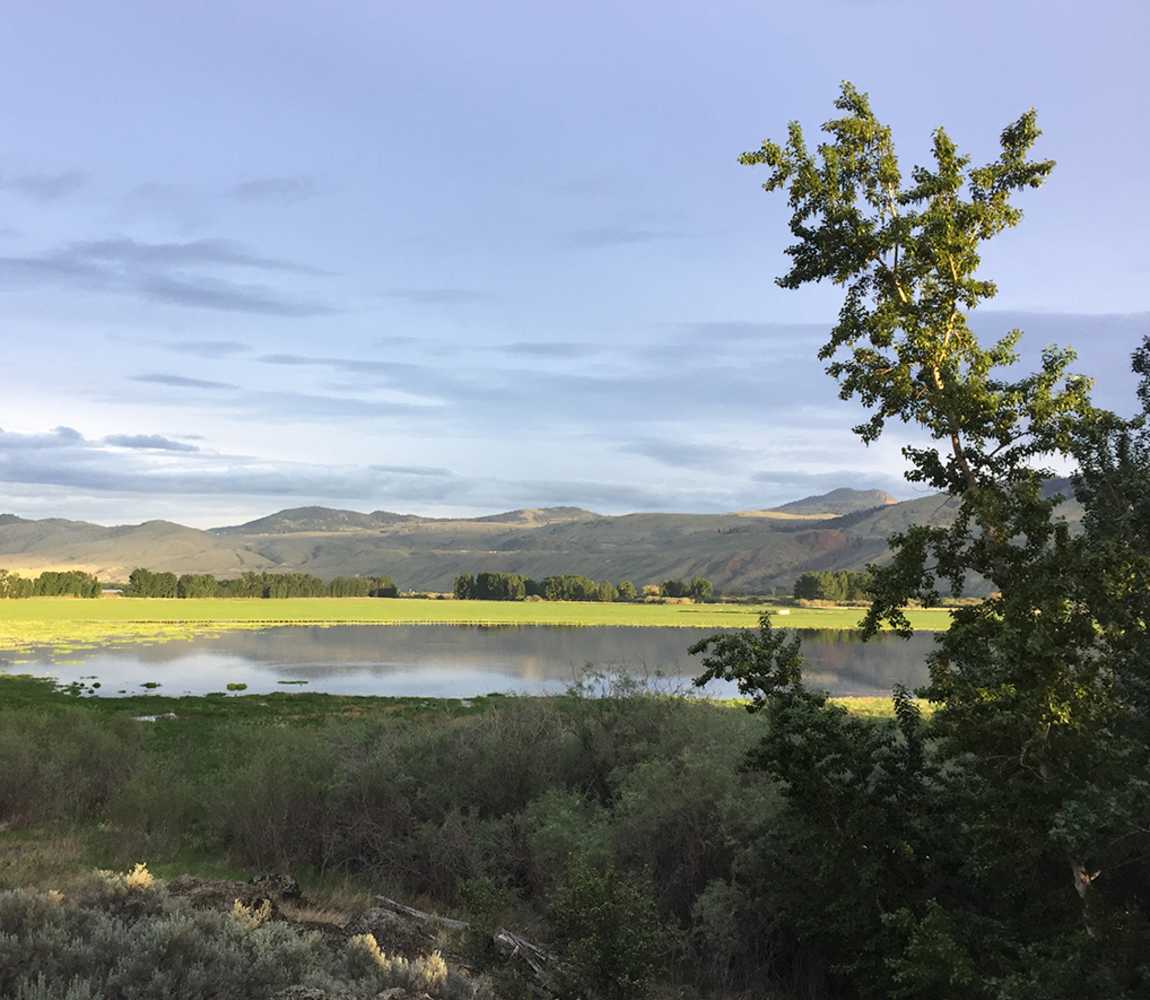
Birdwatching Blog
Birdwatching blog only
Tranquille Wildlife Management Area is located near Kamloops airport, which lies on the Thompson River south of the Lac du Bois Grasslands Protected Area. The Tranquille River Trail is a good place to look for hummingbirds, fly catchers, swallows and warblers.
In spring and summer, Riverside Park and McArthur Island Park are great spots as any green area near water attracts birds. Once the ice thaws in April, Albert McGowan Park is a great place to get a close-up view of duck species such as Redheads, Buffleheads, Lesser Scaup and Ruddy ducks. Also look out for yellow-headed blackbirds.
The Thompson River University campus is another great spot for spring birdwatching, including 10 different species of warbler.
Where to Find More Info?
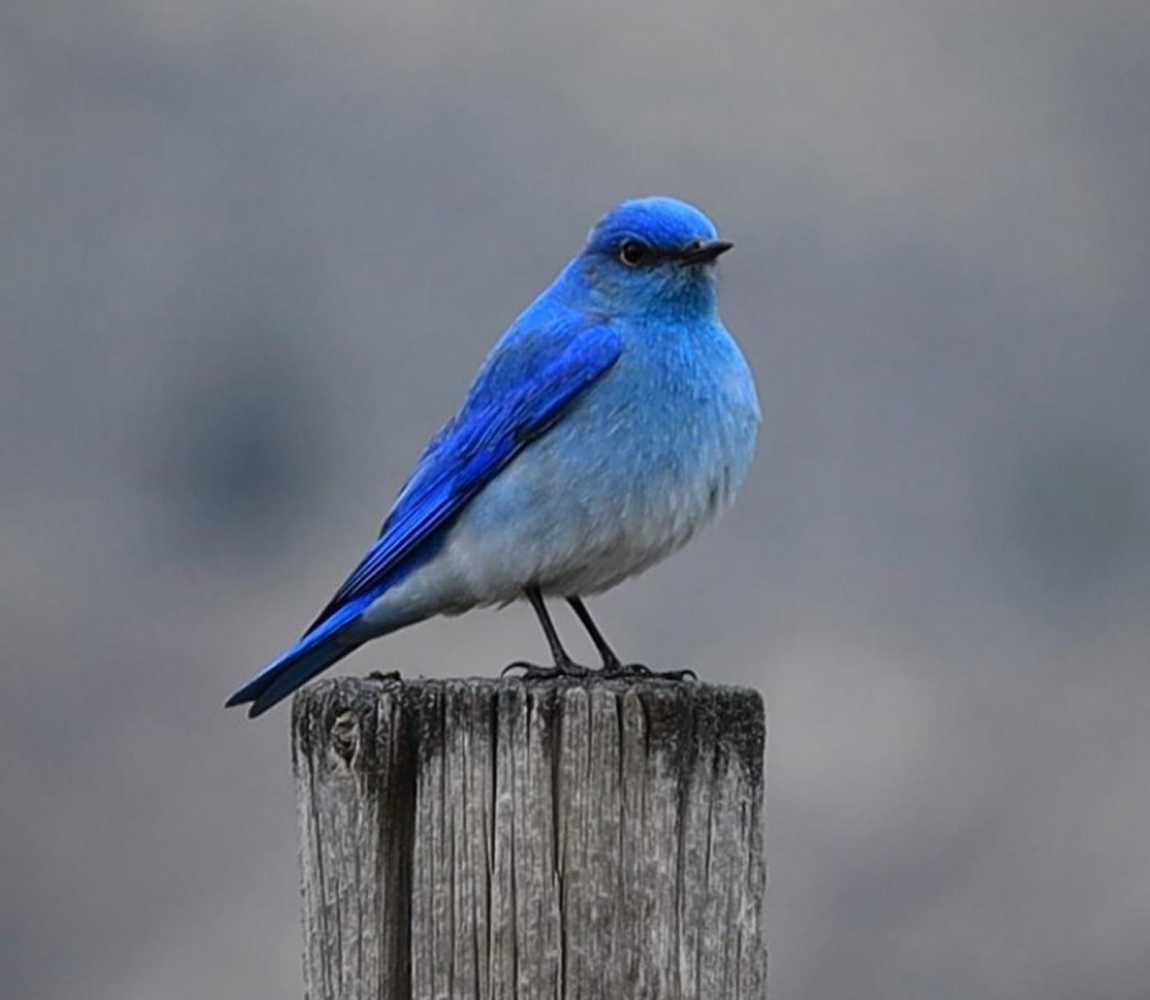
Blue Bird
Located at the center of the North Shore, Wild Birds Unlimited sells a variety of bird food, feeders, birdbaths, and birdhouses. Visit the store Monday through Saturday 10am-5:30 pm (4:30 pm on Saturdays) and chat with their team on birding, birdwatching, and learn about different seeds based on the birds in your area.
To learn more on birdwatching in Kamloops visit RevealedNature.com.